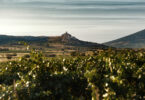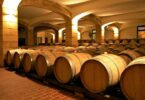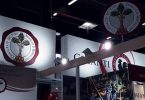On the journey to discover the world of Extra virgin olive oil, olive oil museums are a recommended stop. Also suggested for lovers of art and culture, not just food and wine, the oil museums are a heritage to be preserved.
Lorena Boljunčić, art historian and entrepreneur in the tourism sector, is the founder of the Museum Olei Histriae. Located in the center of Pula, a charming Croatian city, the Museum is the flagship of the city, born from Lorena’s passion for olive culture.
For the article visit Piero Pardini Wine Reviews.








